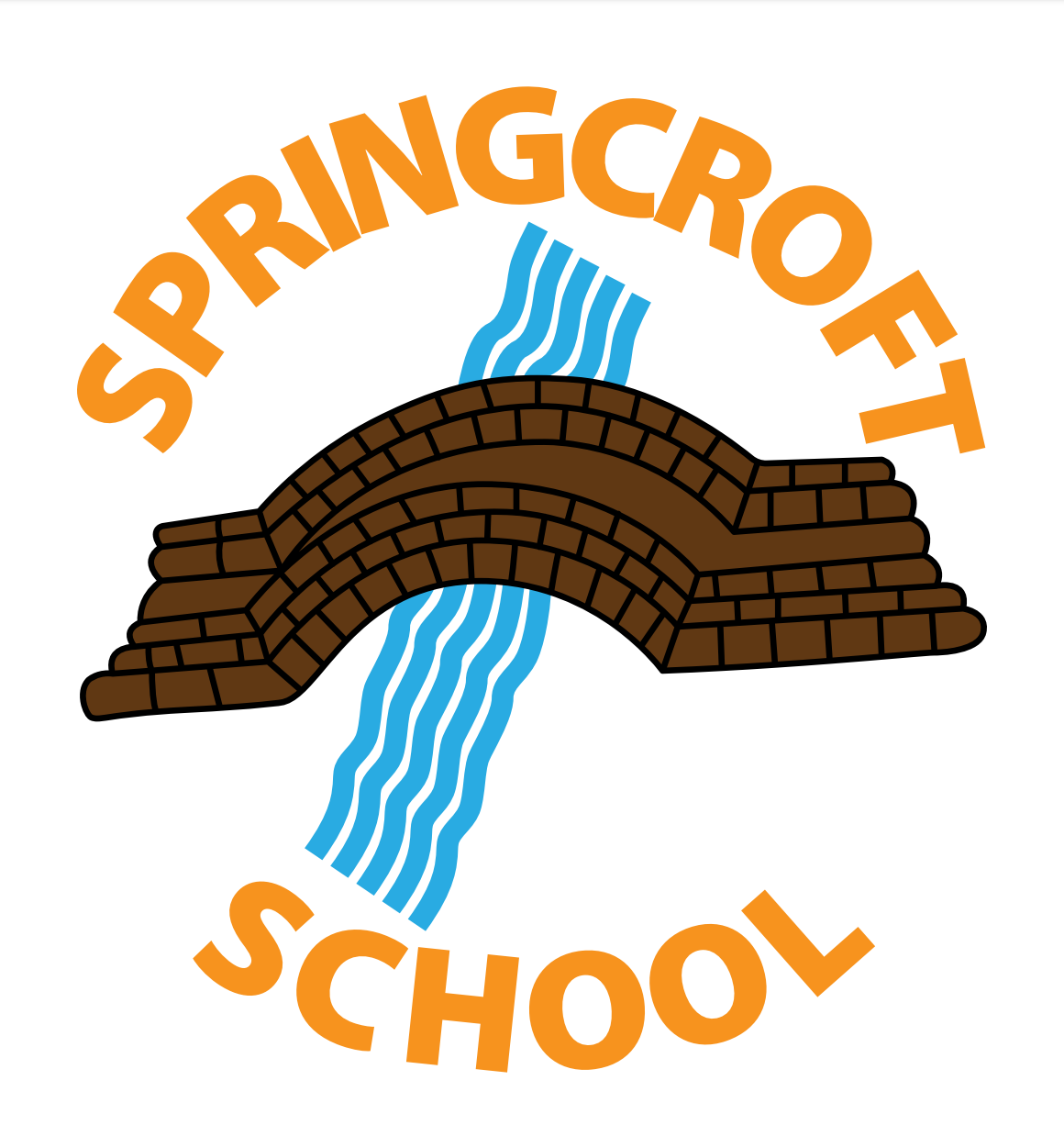Ofsted Reports
Positive relationships lie at the heart of Springcroft Primary. Leaders, staff and supportive parents work together to get the best for pupils. This partnership working helps pupils to thrive. Parents are proud of the school. Leaders are ambitious for the school community. They have created a kind, caring culture, and have a firm belief that all pupils can achieve their best. These values and aims are at the heart of every decision they make. – Ofsted, November 2022
Springcroft Primary School's latest inspection took place on the 23rd and 24th November 2022. Our lastest report can be read here, or downloaded from the bottom of this page.
What is the purpose of OFSTED?
OFSTED (Office for Standards in Education, Children’s Services and Skills) inspect and regulate to achieve excellence in the care of children and young people, and in education and skills for learners of all ages.
The new Ofsted brings together the wide experience of four inspectorates to make a greater difference for every child, and for all young people and adult learners, in England. Their educational, economic and social well-being will promote our success as a country.
OFSTED inspect schools, including those for service children overseas, at least once every three years, usually giving about two days’ notice. However, if Her Majestys Chief Inspector (HMCI) is concerned about the safety or well-being of pupils in a school, HMCI will exercise the right to inspect a school without notice.
Schools are required to notify parents of the inspection, and to include details of how they can pass their views to inspectors. Parents can ask to speak to inspectors during the inspection and inspectors will do what they can to accommodate the request as far as practical.
The inspection will last no longer than two days, and the team will be from one to five inspectors depending on the size of the school. They will look at the school’s self-evaluation, consider the school’s performance results, and examine the previous inspection report to prepare before the visit. The self-evaluation form is used as the basis for discussion between the lead inspector, the senior team of the school and, where possible, the governors.
Once they are in the school, the inspectors will sit in on lessons and examine the way lessons are planned, among other things. At the end of the inspection they report on the school’s overall effectiveness, achievements and standards, and
- The quality of:
- teaching and learning
- the way it delivers the curriculum and other activities
- the care, guidance, and support it gives
- the leadership and management
- The extent to which it enables learners to be healthy
- The extent to which it ensures that learners stay safe
- How well learners enjoy their education
- The extent to which learners make a positive contribution to the school
- How well learners develop workplace and other skills that will contribute to their future economic well-being.
What are the Inspection Bands?
The lead inspector reports her or his judgement to the headteacher and governors. The inspectors findings are published in a report for the school, parents and the wider community. Inspection reports provide information about the effectiveness of the schools work and contain recommendations about what the school should do to improve further. The report highlights the grade given to the school for the inspection
- Grade 1 (Outstanding)
- Grade 2 (Good)
- Grade 3 (Requires improvement)
- Grade 4 (Inadequate) *
* If inspectors judge a school to be inadequate it will be placed in one of the following two categories:
- Special Mesaures – this means the school is failing to provide its pupils with an acceptable standard of education, and is not showing the capacity to make the improvements needed. Inspectors will visit the school regularly to check its progress, until it can be removed from the category. OFSTED will inspect it again after about two years.
- Serious weaknesses – this means that one or more of the key areas of the schools performance require significant improvement, but the leaders and managers have demonstrated the capacity to improve. Inspectors will visit the school regularly to check its progress, until it can be removed from the category. It will be inspected again within 18 months of its last inspection
From the early years onwards, pupils’ attitudes to learning are positive. They behave well, both in classrooms and outside. Pupils are considerate towards one another. Bullying is rare. If any incidents occur, staff act quickly to resolve the issues. Pupils feel safe at school and attend regularly. They describe their school as ‘brilliant, kind and understanding’.
Personal development is a strength of the school. Pupils, staff and parents can access well-being support through the school’s bespoke ‘Helping our pupils’ emotion’ (HOPE) project. – Ofsted, November 2022
Please find below our most recent Ofsted reports, and relevant information from the Department for Education Performance Tables.
-
You can view our schools performance by visiting the DfE Performance Table website here
School statistics and performance tables
